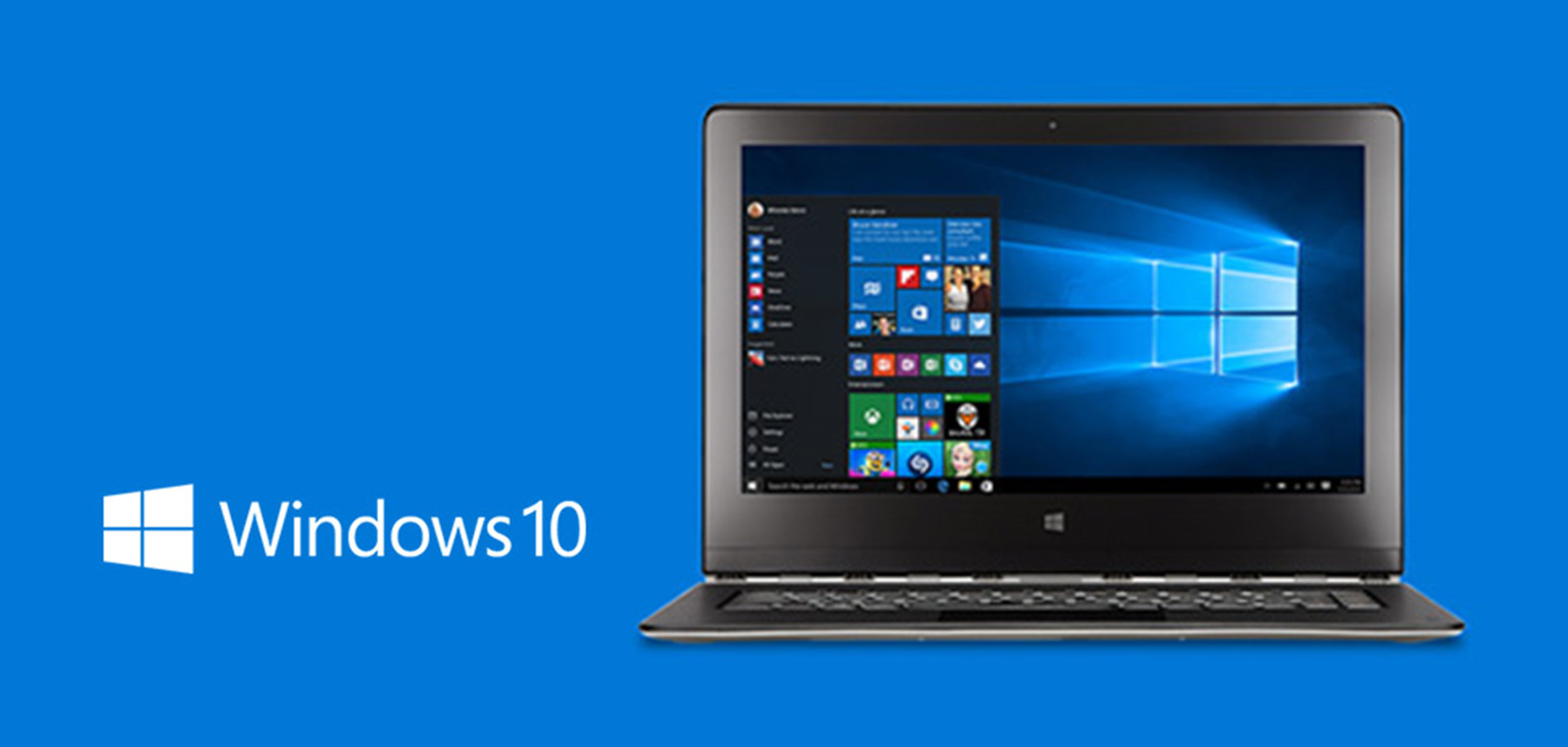Terry Myerson, Microsoft’s executive vice president of the Windows and Devices Group, believes Windows 10 is the company’s best enterprise platform ever. In a recent blog post, he shared that it will allow businesses to be more productive, simplify management and protect corporate data in a more secure manner. In preparation for its release—July 29 for beta users, with a staggered (and still undefined) rollout to follow—we’ve put together a list of 10 features and functionality we believe businesses will like about Windows 10.
- #1 One converged Windows platform: Windows 10 delivers one universal app platform that lets developers create apps that run on all Windows 10-based platforms, from PCs to hybrids (think Surface) to mobile devices and Xbox. This gives the end user a consistent experience across all their devices. Plus, certain apps allow you to store and sync content on OneDrive, so you can start a project on one device and continue it on another.
- #2 New browser: Windows 10 comes with Microsoft Edge, an all-new browser that has unique features that allow you to scribble on or annotate web pages. (Plus, for those Internet Explorer fans, Windows 10 also includes an improved version of IE that’s more secure and provides Enterprise Mode compatibility for existing web apps.)
- #3 Improved security: Microsoft has added new security features to protect users and keep data safer. One of those is Windows Hello, which uses a biometric scanner (to read the user’s fingerprint, face or iris) and application/content login that doesn’t require the password to be stored on the device or network server. Additionally, a new Device Guard feature scans apps and blocks those that have not been signed by the Windows app store, specific software vendors and the enterprise.
- #4 Office for Windows 10: New Office apps deliver a touch-first experience across devices. You can create and edit Word documents, flag emails in Outlook by swiping left or right, annotate PowerPoint slides in real time, and update spreadsheets in Excel without a keyboard or mouse.
- #5 Continuum: This feature lets Windows 10 PCs quickly transition between mobile and desktop scenarios. That means, the operating system adapts to the way a device is being used—either as a PC with a keyboard or as a tablet with touch input.
- #6 Task View: A new multi-tasking tool called Task View introduces virtual desktop functionality to Windows. Task View lets you create as many “desktops” as you want, each with different apps open, and switch among them.
- #7 Cortana: This voice-activated “personal assistant” works simply by tapping the microphone located in the new Search box on the taskbar— or by saying, “Hey, Cortana,” out loud. You can set reminders, perform web searches, save notes or a dozen other tasks.
- #8 Action Center: The Action Center connects Windows 10 PCs and smartphones. When you’re on your PC, you can call up the Action Center to quickly view alerts and notifications from all your smartphone apps—and even respond to text messages—without ever touching your phone.
- #9 Mobile device management: With Windows 10, Microsoft extends built-in mobile device management (MDM) capabilities to include new mobile-first, cloud-first scenarios and bring MDM capabilities to traditional laptops and desktops.
- #10 Gaming: When it’s time to blow off stream or give the team a break, Windows 10 is the go-to resource. Windows 10 comes with an Xbox app, which connects players to their consoles and brings an Xbox-style dashboard experience to PC gaming.
If your business is considering upgrading to Windows 10, let us help. At The Brookfield Group, we can help you proactively plan for the upgrade and help your staff maximize the new features to their benefit. Contact The Brookfield Group for more information or a free consultation.




